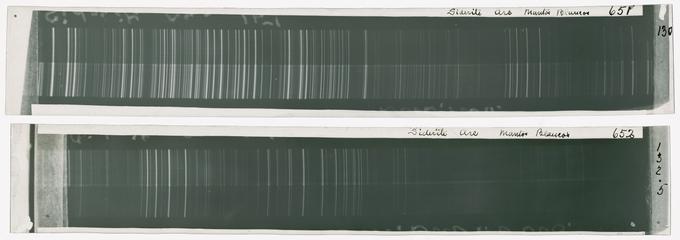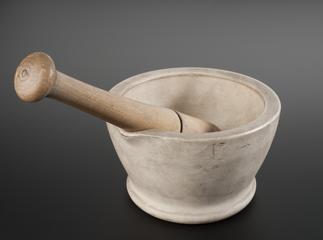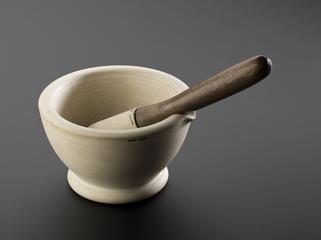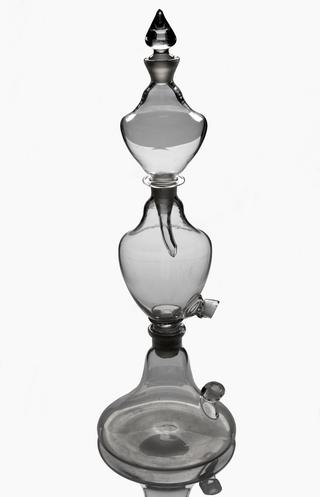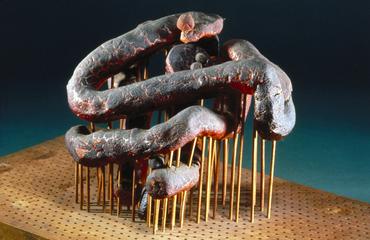
Gas chromatograph made by James Lovelock
- Made:
- 1971 in Bowerchalke
- maker:
- James Ephraim Lovelock



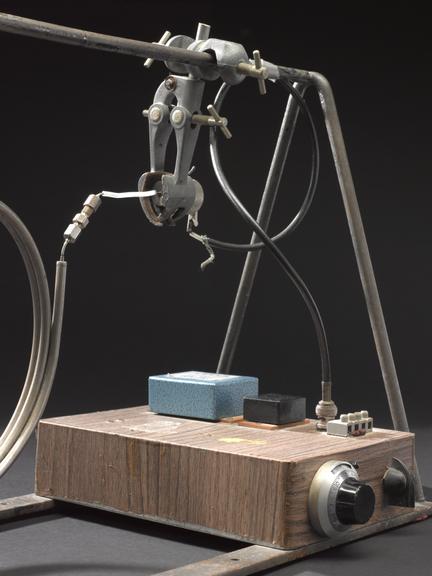
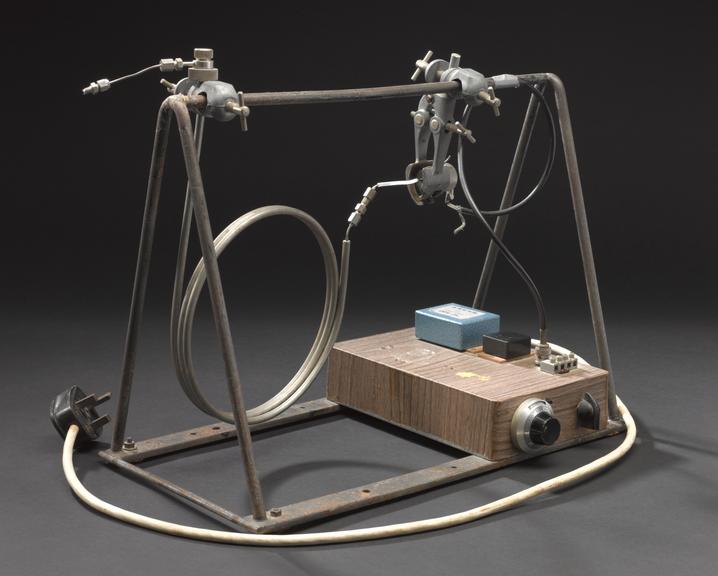
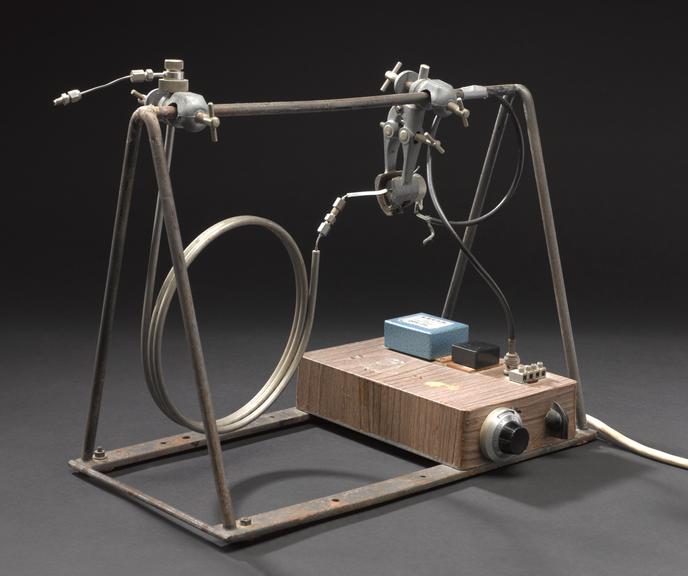
Gas chromatograph, made by James Lovelock and used by him to analyse air samples during a voyage of the research ship RRS Shackleton to Antarctica, 1971. There is an electron capture detector held in the clamp to enable him to detect the presence of CFCs (chlorofluorocarbons).
During the 1960s James Lovelock became intrigued by the atmospheric haze that he had observed at his countryside home, wondering if it was the result of human activities. He began taking observations using the highly sensitive electron capture detector device that he had invented earlier in his career. He measured concentrations of CFCs – not because he was concerned with these chemicals specifically, but because they were emitted from various industrial processes and thus were an effective marker of human activity. At the time, these chemicals were believed to be inert and harmless.
Lovelock detected CFCs in the atmosphere near his home in Wiltshire, and also in the supposedly ‘clean’ air blowing off the Atlantic onto the west coast of Ireland. He wondered if they might also be present in Earth’s most remote regions.
In 1971 he joined a crew aboard the research ship RRS Shackleton, bound for Antarctica. He took with him a homemade gas chromatograph, for separating out the components of atmospheric air, which was fitted with an electron capture detector for detecting CFCs. Using this instrument, he showed that CFCs were dispersed across the globe.
His data was published in the scientific journal Nature. CFCs were later discovered to cause the breakdown of the ozone layer that protects us from the sun’s harmful rays. Lovelock’s data was used as evidence to support the eventual worldwide ban on CFC production.
Details
- Category:
- Experimental Chemistry
- Object Number:
- 2012-119
- Materials:
- metal (unknown) and plastic (unidentified)
- Measurements:
-
overall: 340 mm x 480 mm x 240 mm, 3.9 kg
- type:
- gas chromatograph
- credit:
- Lovelock, James Ephraim
